Extreme cold and hungry polar bears, Far North, 1953-54.
Gary Smith of Peterborough, Ont., shares a couple of photos from his time in the Far North with No. 1 Airborne Medical Platoon.
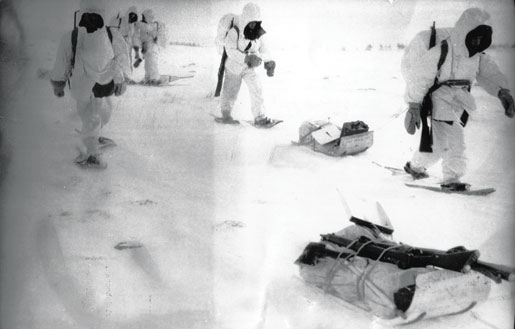
Gary says he and the other members of his platoon landed on the frozen tundra after parachuting out of a C-119 Flying Boxcar. It was no picnic with severe wind and temperatures of -65˚C. However, he remembers that life inside an igloo was toasty warm—a lot more pleasant than sleeping in an arctic tent. Patrols (top) allowed the men to study the Arctic environment and learn ways to cross the frozen landscape safely. Encounters with polar bears were common. Gary can certainly attest to that after a full-grown bear sized him up for a meal.

“There were 50 in our platoon and there are only four of us left now,” explains Gary. “They were a great bunch of guys. We were a real team—depended on each other. Not many people know about what we did or that we were even up there. We served in the High Arctic and eventually on the top of the world, the North Pole in 1956. We went up there that year with a specific job to do—force the Soviets off the pole. They were up there scouting out locations and we dropped (parachuted) in on them, but by the time we landed they had left.”
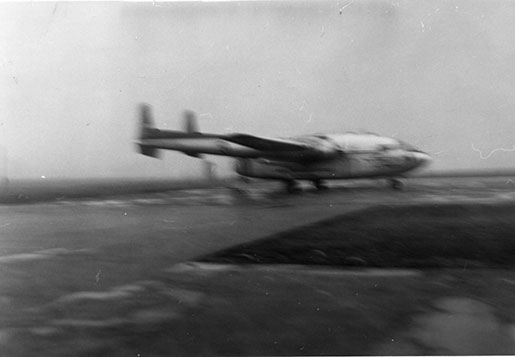
The above photo shows a C-119.
Gary says building an igloo (below) was not all that difficult because the blocks of snow fit together perfectly.
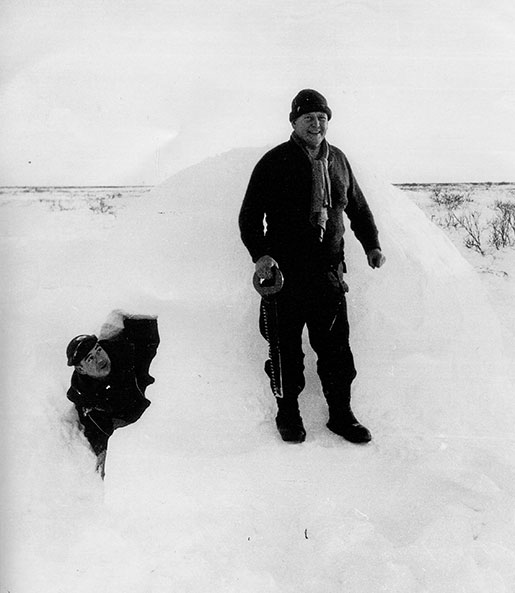
The photo below shows some of the equipment that was later dropped in by parachute.
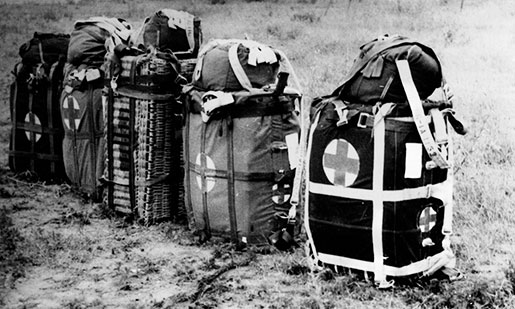
Members of the platoon pose for a group shot. Smiling in the back row is Gary Smith, fourth left.
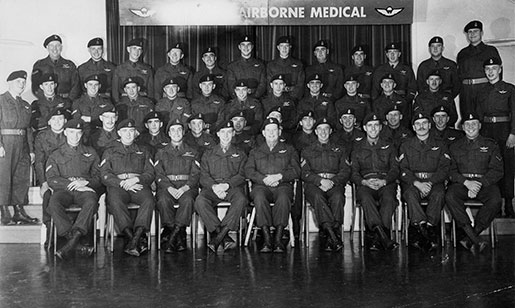
We thank Gary Smith for his contributions to Find-Share-Discuss, and invite readers to share similar memories of service in the High Arctic or elsewhere around the globe in peacetime or wartime service.
Advertisement



















